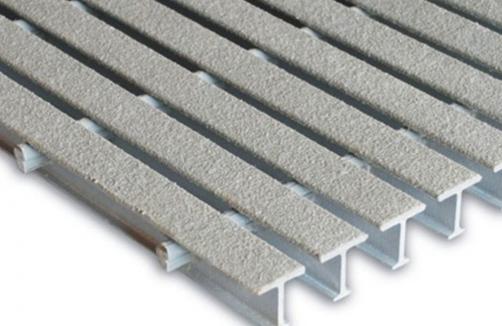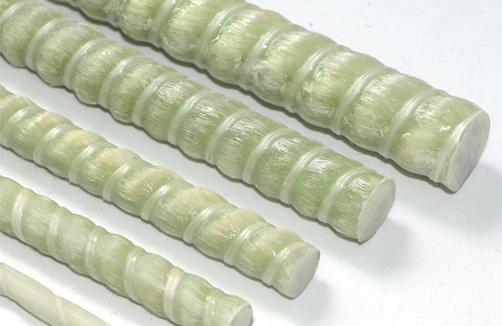It mainly consists of two parts, namely matrix data and enhancement data. Enhanced data is the supporting framework of fiber-reinforced composite materials, which fundamentally determines the mechanical function of fiberglass products. Together, it has a certain effect on shortening the data, improving the thermal deformation temperature, electromagnetic function, and thermal physical function of composite materials. The resin matrix can connect the reinforcing materials in the composite material into a whole, playing a role in transmitting and balancing loads, allowing the reinforcing materials to fully utilize their mechanical advantages. The heat resistance, chemical corrosion resistance, flame retardancy, weather resistance, electrical insulation, electromagnetic function, etc. of composite materials depend on the resin matrix. Together, the resin matrix has varying degrees of influence on the impact resistance and mechanical properties of composite materials.
Resin matrix
Many thermosetting and thermoplastic plastics can be used as composite material resin matrices. Commonly used thermosetting resins include unsaturated polyester, vinyl ester, epoxy, phenolic aldehyde, bismaleimide, and polyimide resin. Commonly used thermoplastic resins include polypropylene, polycarbonate, nylon, polyethersulfone, etc.
Enhanced information
The most widely used ones are glass fiber untwisted coarse yarn, glass cloth, and continuous felt short cut felt. And carbon fiber, aramid fiber, etc.








